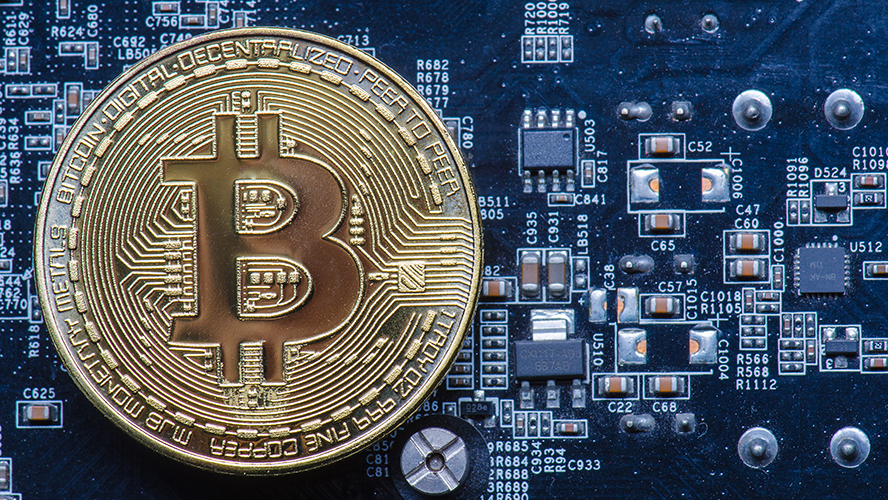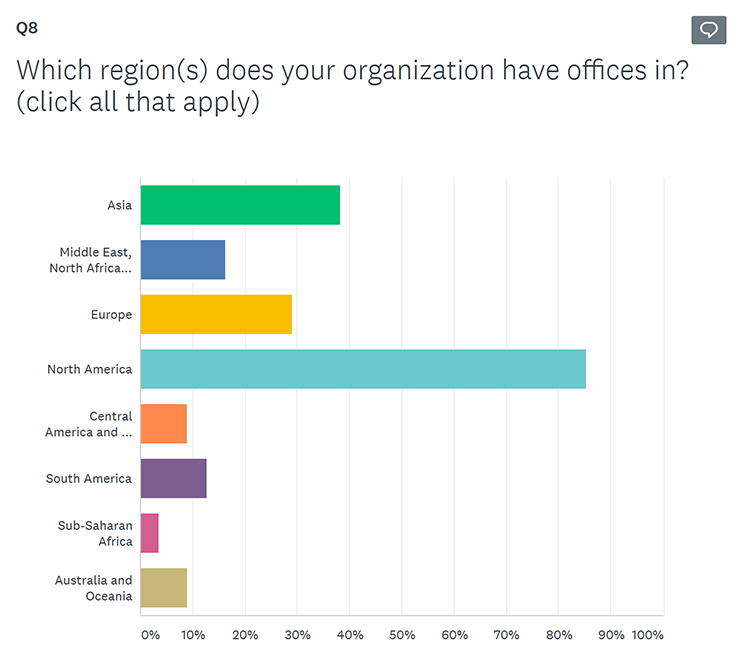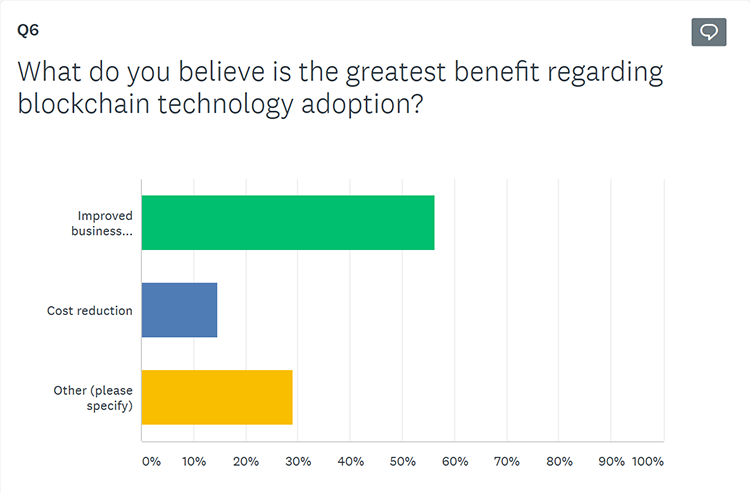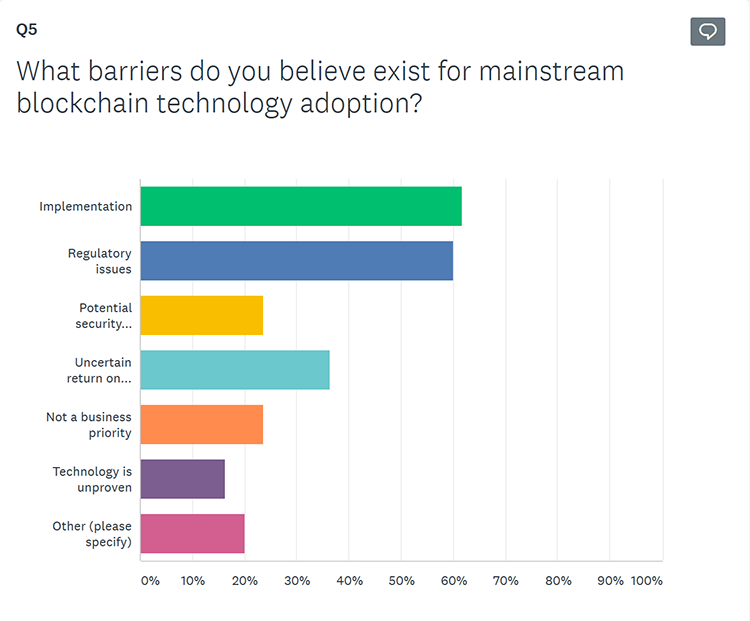Seven years after Ripple Labs, Inc. first began to sell its digital asset XRP, the Securities and Exchange Commission on December 22, 2020, filed a Complaint in the Southern District of New York against Ripple and its current and former CEOs, alleging that since it began these sales, Ripple has been engaged in an unregistered securities offering through the sale of its XRP token within the United States and worldwide. In the action, which does not allege fraud, the SEC is seeking injunctive relief, disgorgement with prejudgment interest, and civil penalties.

The SEC applied a legal analysis similar to that in other enforcement actions against offerors of digital assets, such as Kik and Telegram. What separates the Ripple Complaint from others is the years-long history of activity the SEC draws upon to allege that the Defendants created substantial risk to investors through asymmetric information disclosures for their own personal gain—the very thing the securities laws are designed to protect against.
The Howey test is used to determine if a financial instrument is an “investment contract” and thus a security. An investment contract was defined by the Supreme Court in SEC v. W. J. Howey Co., 328 U.S. 293 (1946), as an investment in a common enterprise with a reasonable expectation of profits or returns derived from the entrepreneurial or managerial efforts of others. Applying that test, the SEC alleges that purchases of XRP constituted investments, and the XRP offering constituted a common enterprise because the fortunes of the participants were tied together. In typical cases brought by the SEC to date alleging that a form of cryptocurrency is a security, these two prongs of the Howey test have been easily met.
As to the third prong: the SEC alleges that purchasers of XRP reasonably expected their profits to be derived from the efforts of the Defendants, pointing to their efforts to create, control, and manage secondary markets for XRPs, to develop XRP use cases, and to work with banks and other financial intermediaries to implement said use cases. In contrast, note that SEC officials have declared that Bitcoin is not a security—and at least one former commissioner has stated that, in his view, Ether, in its current decentralized form isn’t either—because those tokens do not meet the “reasonable efforts of others” prong of the test, since there is no single third party the token holders are reliant upon for the their continued management and success. (The SEC has elaborated on this analysis in the Framework for “Investment Contract” Analysis of Digital Assets.) The SEC is arguing that this is not the case with Ripple, because, according to the Complaint, XRP investors are not in any position to undertake “various, complex, expensive and all-encompassing strategies about when or how to sell XRP into the markets to protect XRP’s price, volume, and liquidity. Nor are XRP investors in any position to increase significantly ‘demand’ or ‘value’ for XRP by developing a ‘use’ for the token through entrepreneurial efforts—at least not without Ripple’s support.”
The 71-page, 404-paragraph fact-intensive Complaint appears designed to leave little to doubt about the extensive history of the conduct alleged. (According to the Complaint, the statute of limitations as to possible claims against the company was tolled six times.) The SEC’s efforts to bolster its legal conclusions includes, oddly, a footnote citing to guidance from a sister regulator, FinCEN, for its views on the application of the federal securities laws to convertible virtual currencies. And the lengthy Complaint overpleads the SEC’s case, devoting substantial discussion to facts suggesting manipulative conduct designed to support the price of XRP through artificial means, although the SEC does not go so far as to include a cause of action for manipulation.
In sum, it is unclear whether the attention given by the SEC’s Complaint to dated facts, and allegations that go well beyond the causes of action, constitutes a litigation strategy; a hint about the future direction of SEC cryptocurrency enforcement efforts; or compensation for the SEC’s inaction with respect to this company until now. But it does beg the question as to why the SEC allowed Ripple to operate for as long as it did before bringing this Complaint, during which the XRP attained widespread distribution and heavy concentration with some investors.










